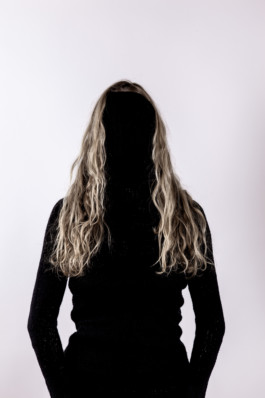

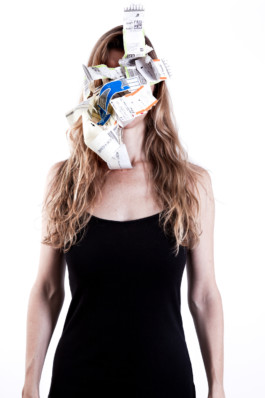

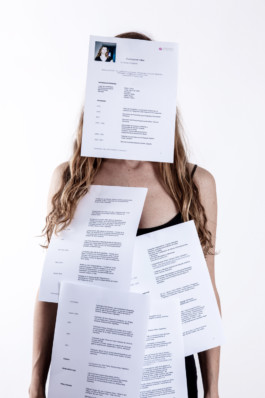
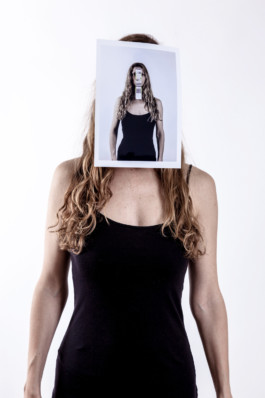
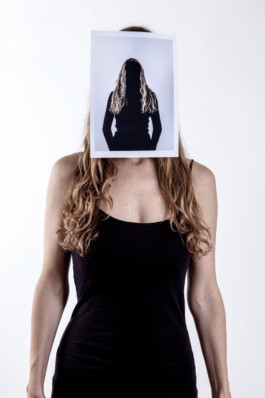
»I am Looking for the face I had before the world was made.«
As a Migrant, a person acquires diverse identities that are like masks, chosen or imposed, and delimited circumstantially by the places in which he or she were born, or by those in which the person live or choose to live. To the quote by the Irish poet William Butler Yeats, I attach my own biography: I was born in the People’s Republic of China and I grew up in the Federal Republic of Germany. After studying partly in Spain, I moved to Argentina, where I have been living ever since.
Not only do human bodies move through physical spaces, identities and states of consciousness also migrate along in search of a higher truth. For legal purposes, modern society requires us to carry an Identity Card in order to demonstrate our belonging to a particular national group. These exclusionary practices of identification compelled me to follow a specific visual aesthetic based on three elements of a standardized image: White backdrop, flat lighting, frontal position. Such elements constitute the elementary forms of an identity card photograph, which I use in my work by including a hidden face covered by identifying numbers, barcodes, CVs, and other temporary identifiers. Identities are projected onto the body, which functions as a space for performance.
The body becomes a platform that not only supports objects but also actions that can be tactical and strategic. With an Identity Card (ID), we are given an »identity.« It identifies us; it decides on whether we belong or not. In the case of refugees, who are victims of natural or man-made catastrophes, the ID becomes an official piece of paper that decides over life or death. Identities are like masks that we put on ourselves, or that are imposed on us. They make us forget who actually lies behind. It is a new social identity that slowly governs us, defines us, controls us, and divides us. In so doing, it separates us from the profundities of our origins.